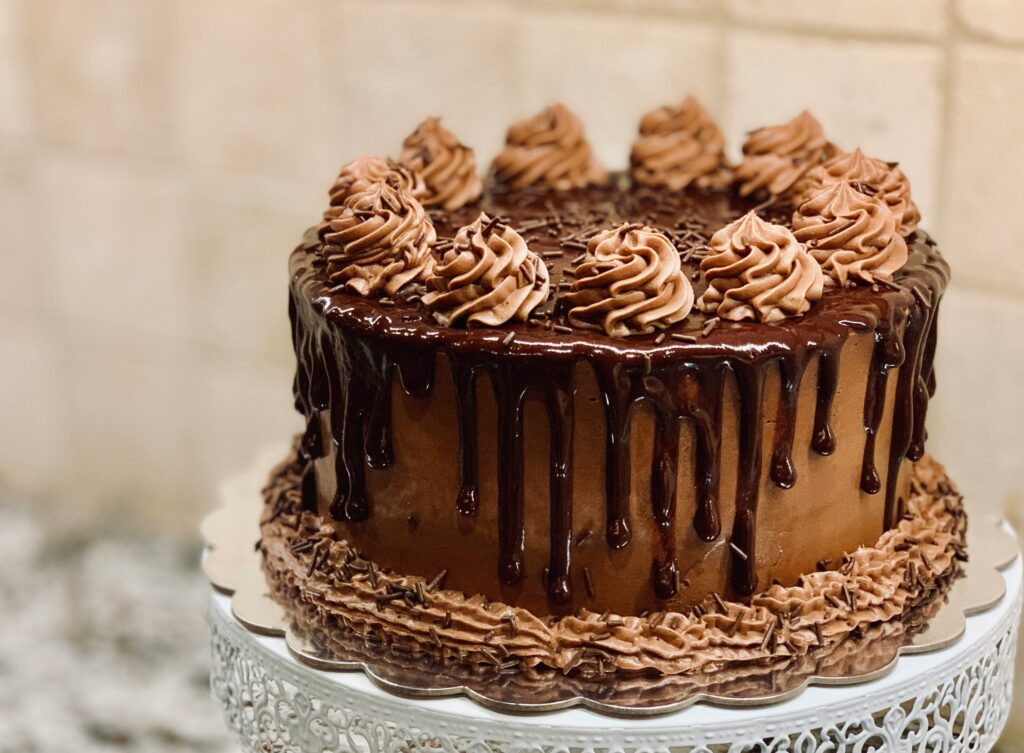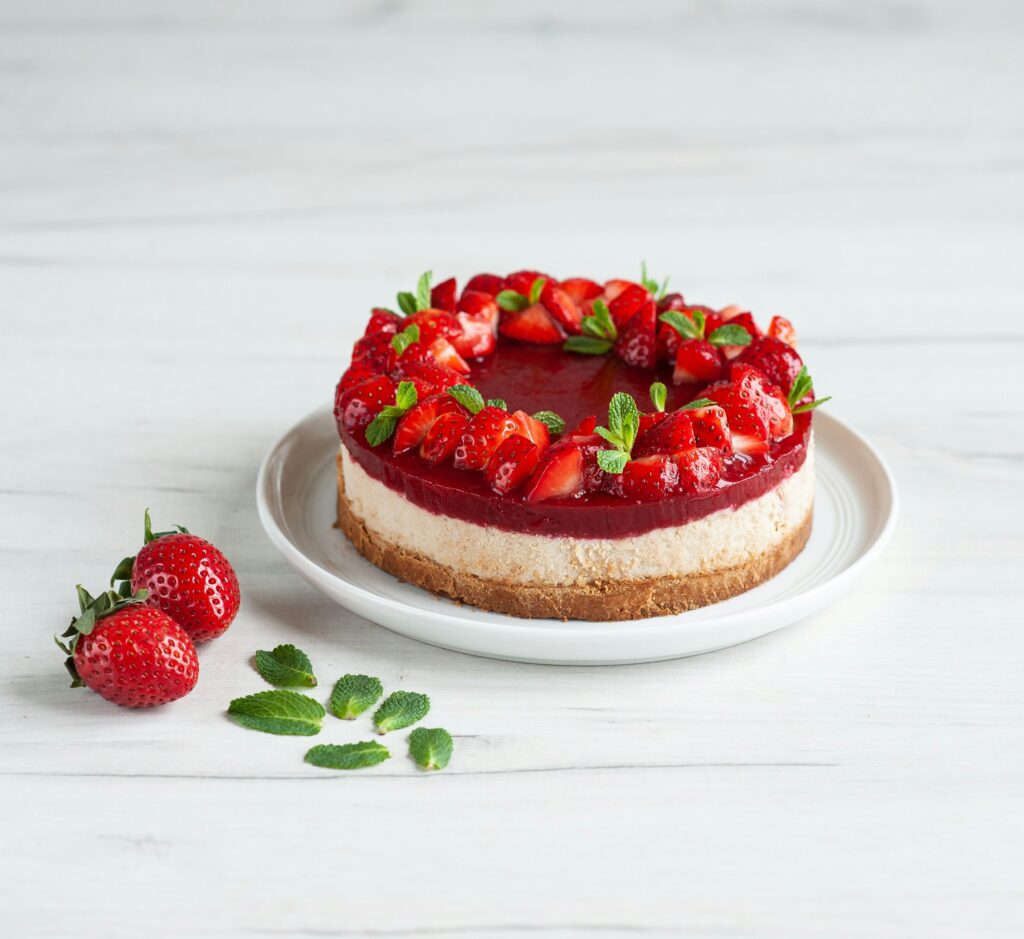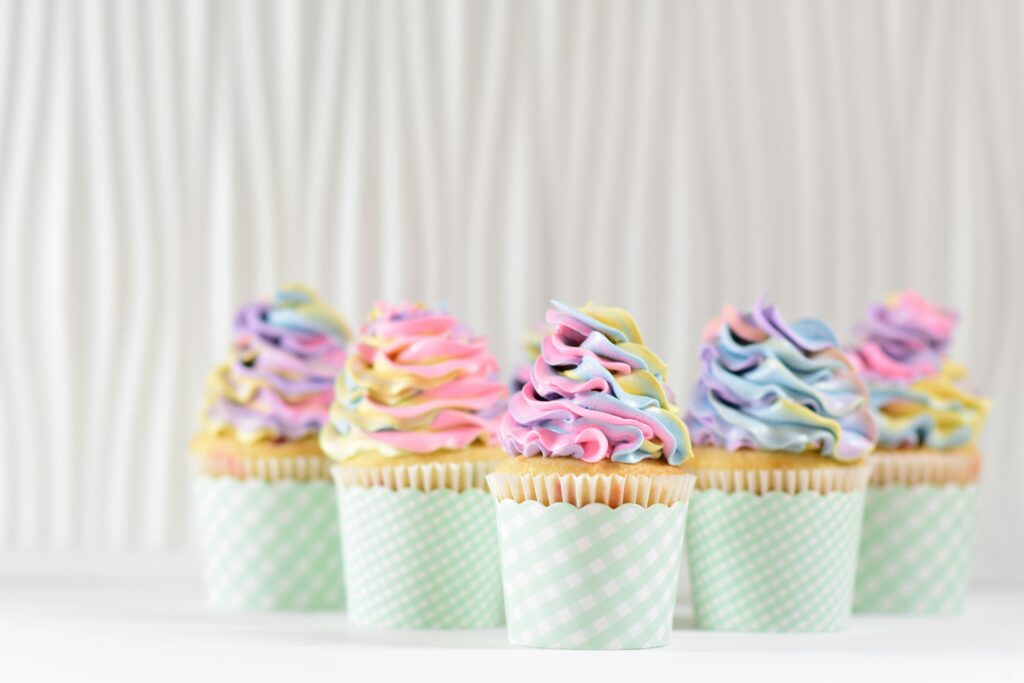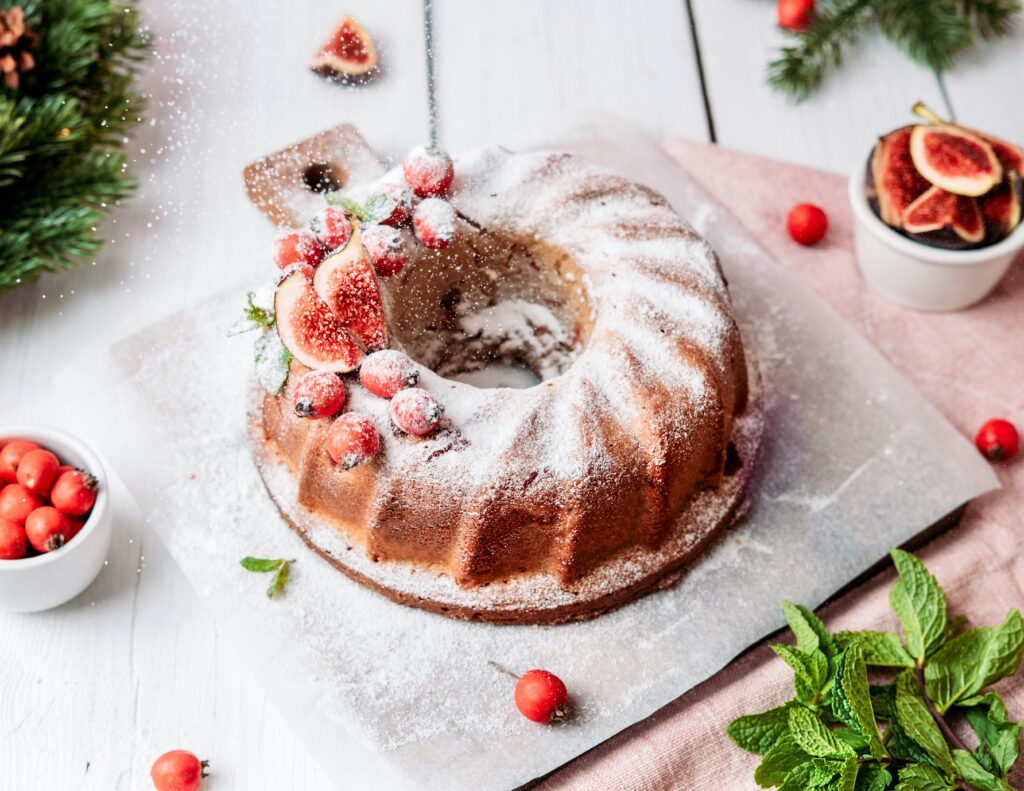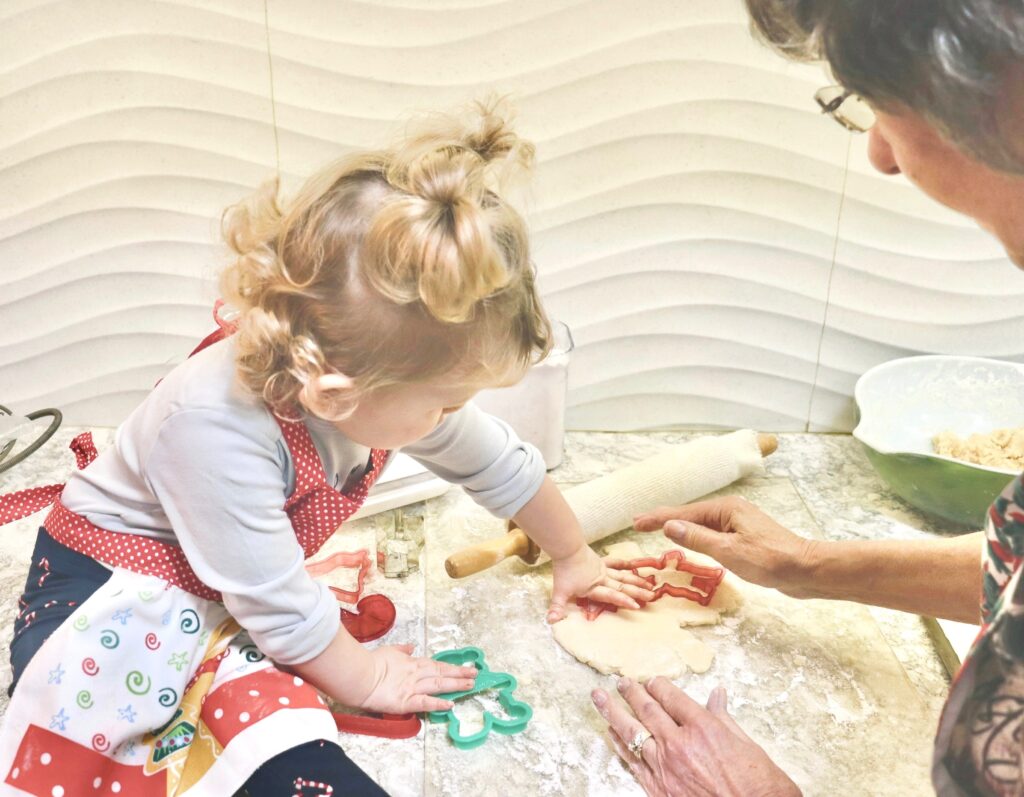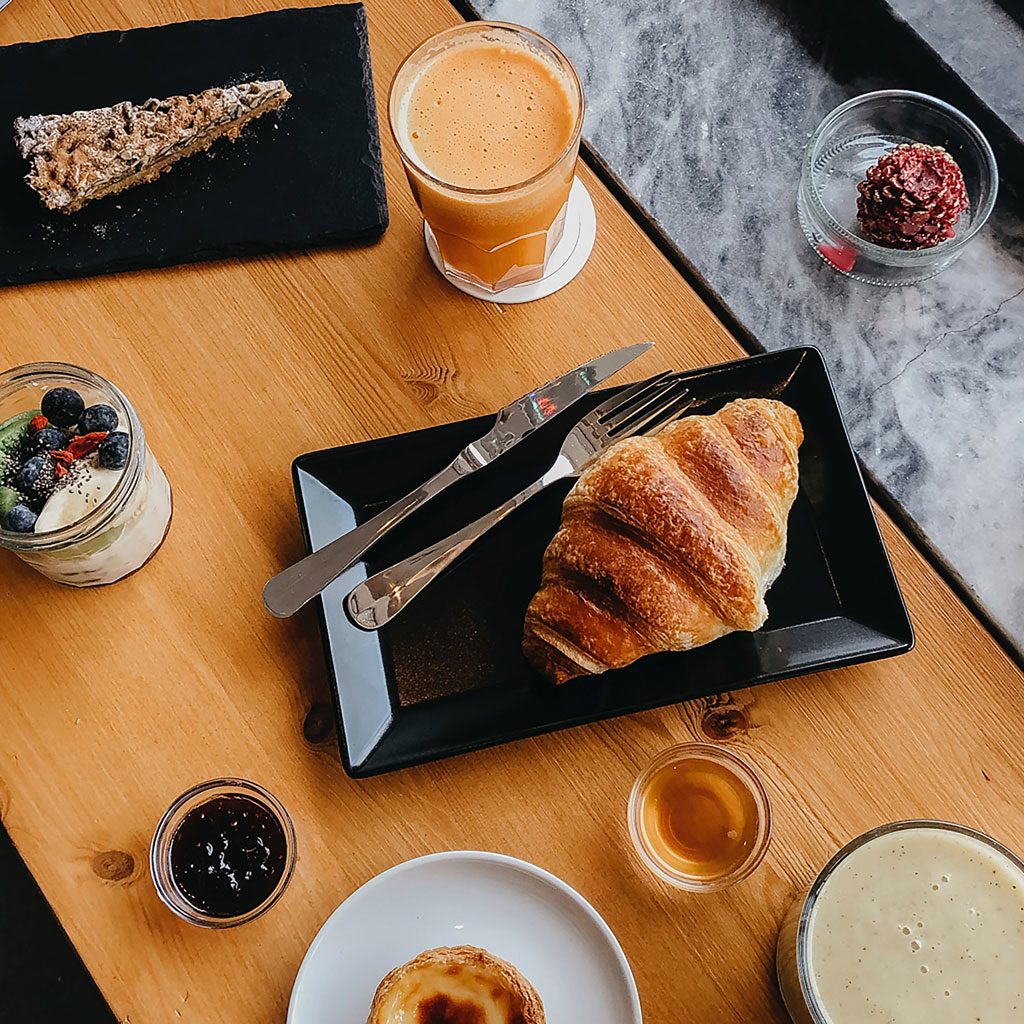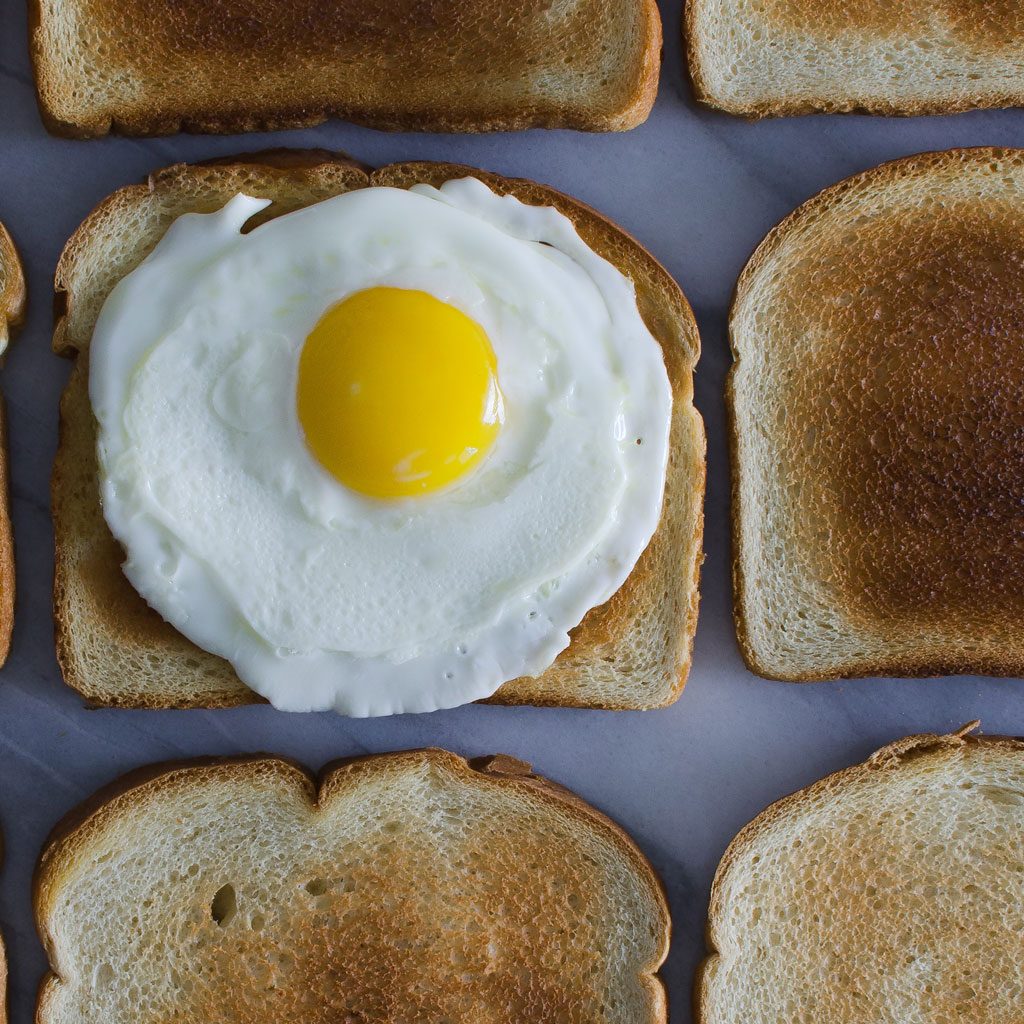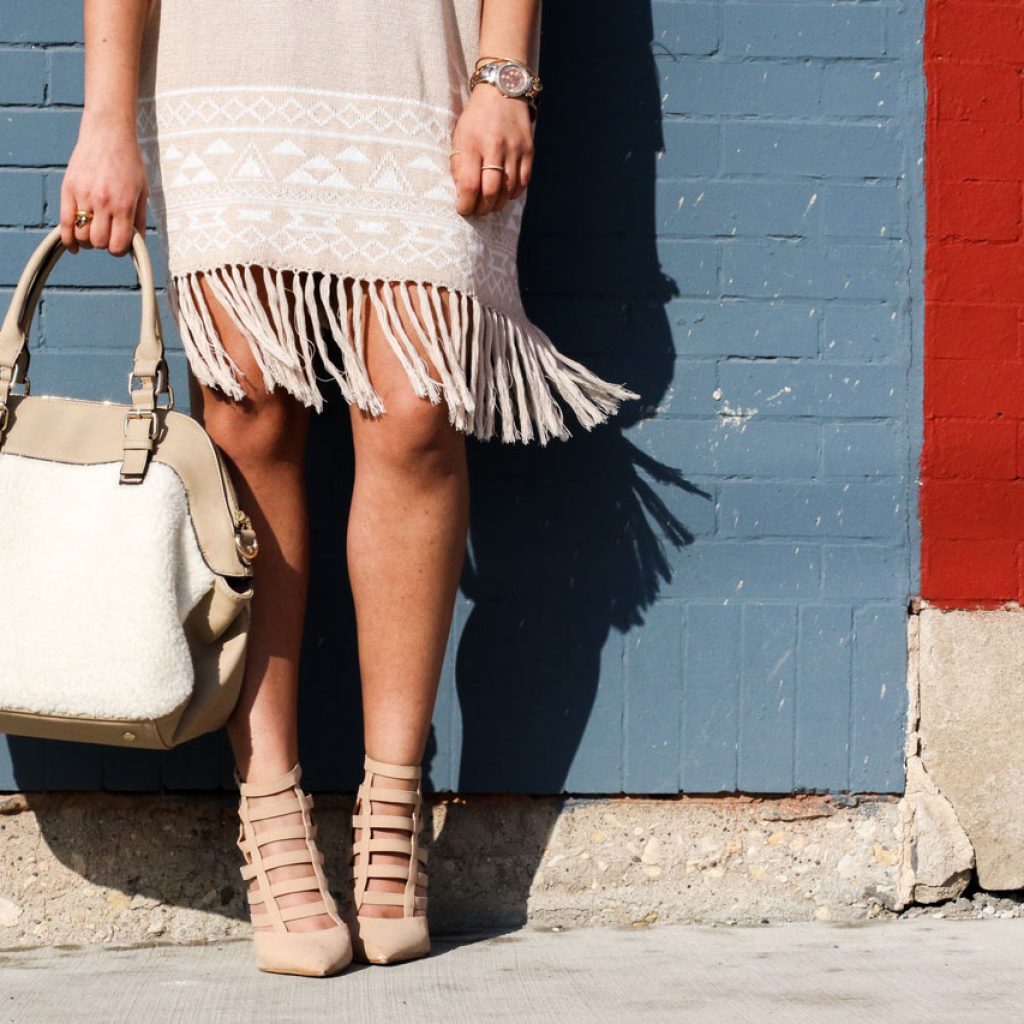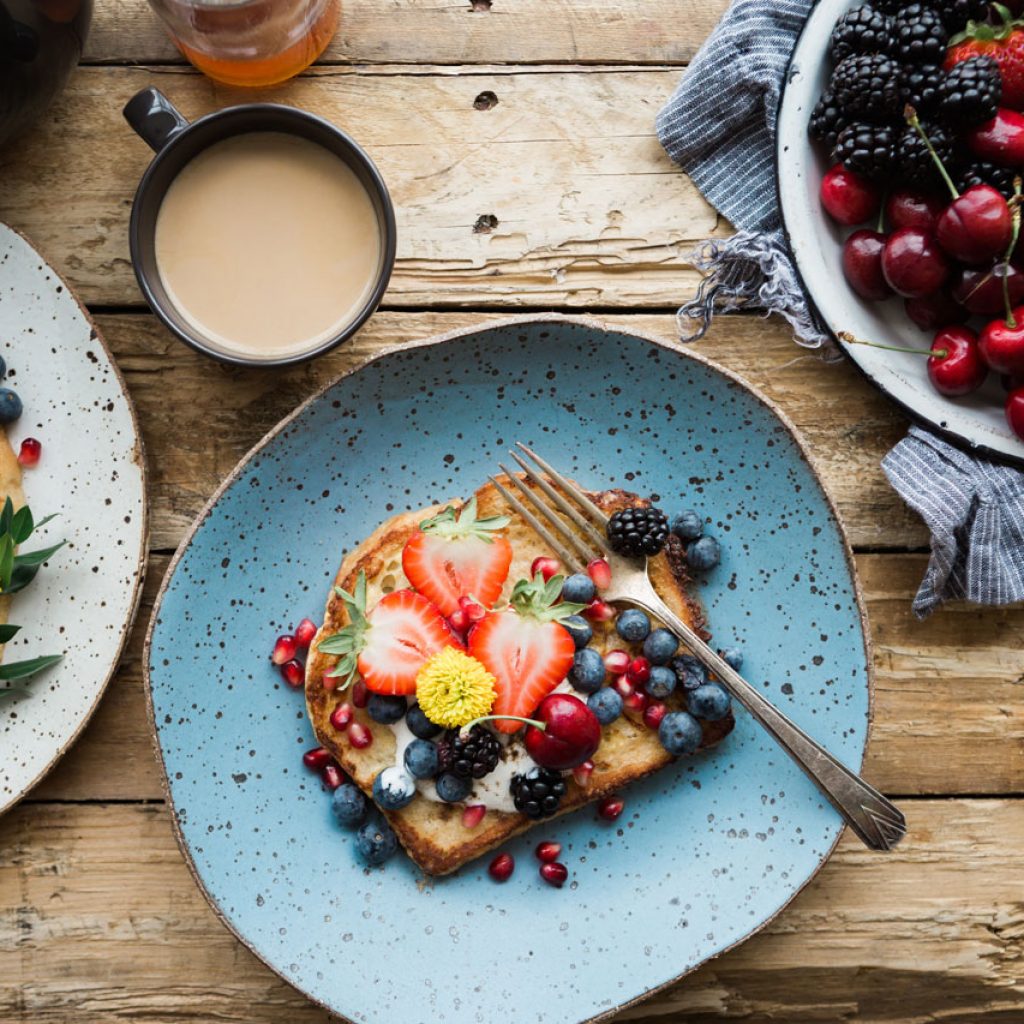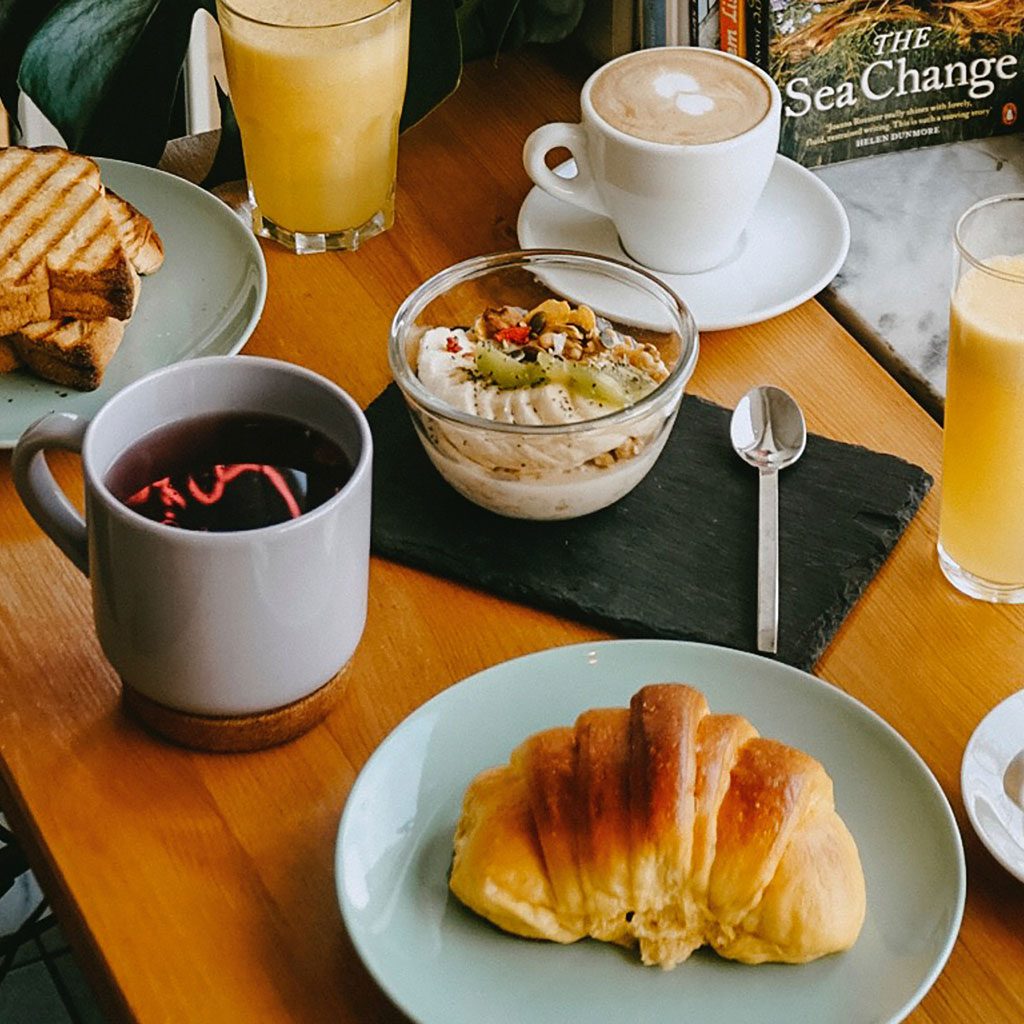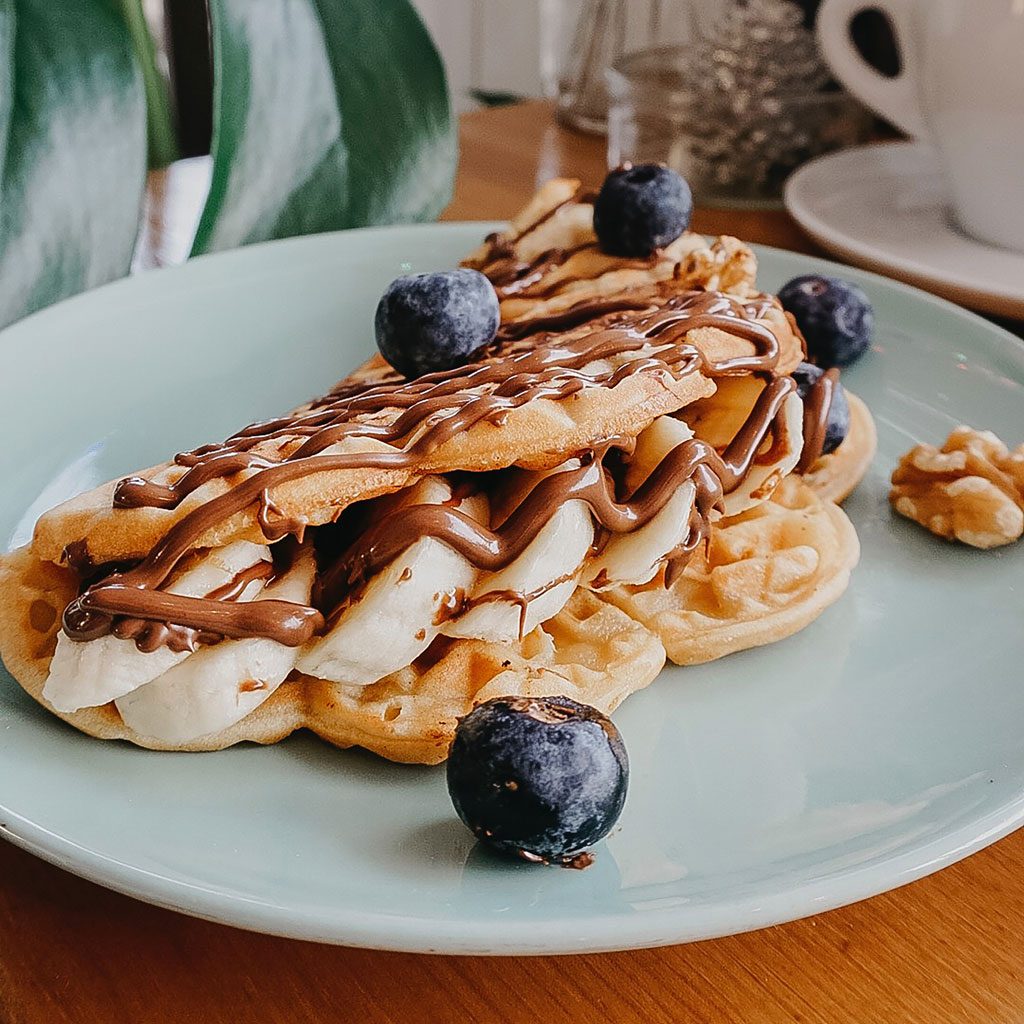When I think about my grandmothers, I don’t picture rocking chairs or knitting needles — I picture butter. And flour. And the cloud of powdered sugar that would drift into the air every time they opened a well-worn recipe tin.
I still have them tucked away.
I remember the sun streaming through the kitchen window, dusting the countertops in warm light, and the low hum of a radio playing something soft in the background. The kitchens always smelled like cinnamon.
Some of my earliest and most cherished memories come from standing in their kitchens, helping them bake.
And by “helping,” I mean licking the beaters and sneaking cookie dough when no one was looking.
Who am I kidding they totally saw me!
Their kitchens didn’t have fancy stand mixers or smart ovens. There were no Instagrammable silicone spatulas, gold measuring spoons, or trendy sourdough starters in sight.
Just simple tools, a deep love of baking, and the kind of old-school know-how that still works today — and honestly, might be even better than some of the modern shortcuts.
Here’s what I learned from them
Always Cream the Butter and Sugar by Hand — Until Your Arm Gets Tired
Before electric mixers were common in home kitchens, my grandmothers used a wooden spoon and elbow grease to beat butter and sugar together until it was light and fluffy. It wasn’t just a step — it was an event. I remember watching the bowl spin slowly as their hands worked rhythmically, chatting all the while like it was second nature.
Creaming by hand made you slow down and appreciate the transformation — from gritty and heavy to soft, pale, and cloud-like. Why it works: Creaming adds air to the batter, giving cakes and cookies a lighter texture and better rise. Doing it by hand taught me patience, strength, and a deep respect for the process. These days, I’ll often reach for a hand mixer, but every now and then, I still cream by hand — just to feel connected to that legacy. Bonus: it doubles as a great arm workout.
Never Waste a Scrap of Dough
Whether she was making pie crust or biscuits, my grandmother would gather every bit of leftover dough, roll it out, and bake it with cinnamon and sugar as a special treat for the kids. She called them “scrap cookies,” and they were almost better than the pie.
This habit wasn’t just about thrift — it was about creativity and care. Nothing went to waste, and even the smallest pieces were turned into something comforting. I
t’s a tradition I still carry on with my babies, not just because it’s practical, but because it makes me feel like I’m part of something bigger than the recipe. And if you’ve ever had warm, sugar-dusted pastry twists made from pie dough scraps, you know: some traditions deserve to be eternal.
Tip: You can also cut a few out with some cookie cutters and add them back onto the pie for a pretty design!
Always Line Your Cake Pans with Wax Paper
Long before pre-cut parchment circles existed, my grandma would flip her cake pans upside down, trace them on wax paper, and cut out perfect circles by hand. Then she’d butter the pan, press the wax paper in place, and dust with flour.
Cakes never stuck, no matter how old the pan. It was such a small step, but it made a world of difference. Watching her do this taught me that preparation matters just as much as the baking itself.
Tip: Today, I use pre-cut parchment rounds or even reusable silicone liners for convenience, but the principle remains the same — always prep your pans like your cake’s life depends on it. Because it kind of does.
Measure with Coffee Cups, Not Measuring Cups
It sounds strange now, but in many old recipes, measurements like “a teacup of sugar” or “a scant handful of flour” were totally normal.
My grandmother had a specific mug she always used for measuring. I still have it. The handle is chipped, the pattern is faded, and it’s absolutely perfect.
This method taught me that baking isn’t just a science — it’s also a matter of feel, memory, and trust.
The mug held the exact amount she needed, and she knew it by heart.
While today’s precision tools (hello, kitchen scales!) make consistency easier, I still keep that mug in my cabinet as a reminder of where I started. When you bake from the heart, it’s okay to rely on your senses — they’ve been guiding bakers for centuries.
Keep Butter at the Ready — in the Pantry
Back in the day, people didn’t refrigerate butter the way we do now. Maybe your grandmother still doesn’t!
It lived in a covered crock on the counter, always soft and ready for spreading, mixing, or snacking. There was something deeply comforting about knowing the butter was always there.
Room-temperature butter is crucial for creaming, and using it made everything smoother — from mixing to spreading to frosting.
Cold butter is great for flaky biscuits and scones, but for cakes and cookies? Soft butter is your best friend.
Today, I use a ceramic butter keeper that keeps things just the right consistency — and every time I reach for it, I think of my grandma spreading it on warm bread with a butter knife that had seen decades of use.
Write Notes in the Margins
Their cookbooks and recipes weren’t pristine—they were lived-in. Covered in flour dust, stained with butter, and filled with handwritten notes. “Add more cinnamon next time,” or “Use brown sugar instead.” Those scribbles became part of the recipe’s evolution—and part of the story. I now write in my own cookbooks, and someday, I hope someone reads them the way I read theirs: like a conversation between generations.
Tip: If you love the way a recipe, amazing, but if you don’t add a note about how you would make it better next time! Do it right away so you don’t forget.
Clean As You Go
This tip is less technical and more about surviving a baking session with your dignity intact. I WISH my husband would adopt this method, but sadly it is not the case.
Both of my grandmothers believed that if you had time to make a mess, you had time to clean it up.
The sink was filled with hot, soapy water before we even cracked the first egg. Mixing bowls and beaters were dropped in the moment they were used. Baking in their kitchens felt joyful — but also orderly.
A clean kitchen kept things flowing smoothly and minimized mistakes. It also meant more time for sipping tea and enjoying what we made, without dreading a mountain of dishes after.
Your Hands Are Your Best Tools
There were no stand mixers, no silicone dough mats, no adjustable rolling pins. Just hands. Hands that had memorized the feel of the dough when it was just right.
Hands that shaped, patted, smoothed, and folded with confidence.
My grandmothers taught me to trust touch — that good dough isn’t a recipe, it’s a feeling. Whether making biscuits, bread, or pie, they used their palms, fingertips, and knuckles to bring everything to life. And now, even with a drawer full of modern gadgets, I still find that using my hands connects me more deeply to what I’m making.
Always Taste the Batter (Yes, Even Before Baking)
They didn’t worry much about raw egg paranoia back then (can’t say the same for my husband, haha he would FREAK out and make me wash my tongue).
My grandmothers believed the batter should be delicious even before the oven worked its magic. It was part quality control, part tradition, and part treat.
Tasting as you go helps you get familiar with flavor balance—whether the vanilla is strong enough, or the sugar is just right. Just a little taste teaches you a lot, and builds that baker’s intuition they lived by.
Baking with both of my grandmothers taught me more than how to make a good pie or the secret to moist cake — it taught me how to slow down, savor the moment, and make something with love.
It wasn’t about perfect technique or Instagram-worthy results.
These women passed down more than tips — they passed down comfort, care, and confidence. And every time I bake, I feel them there with me: in the scent of cinnamon, the swirl of frosting, the hush of a rising cake.
That’s the power of baking — it’s the memories you can taste.
Happy baking!

